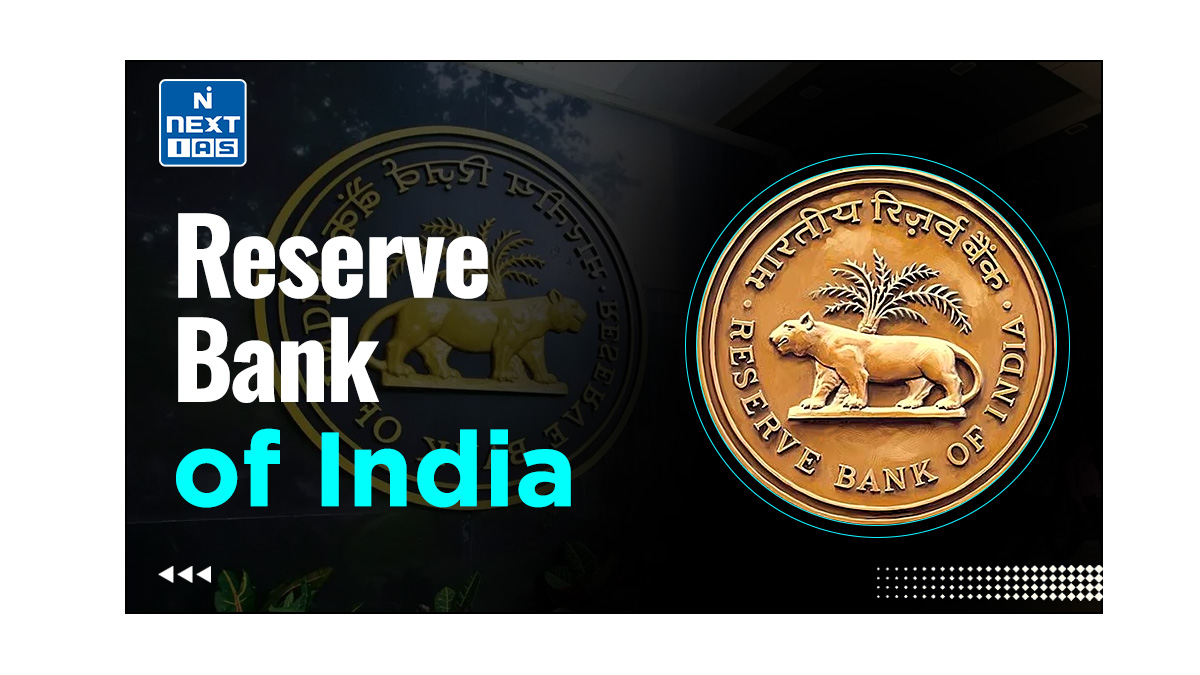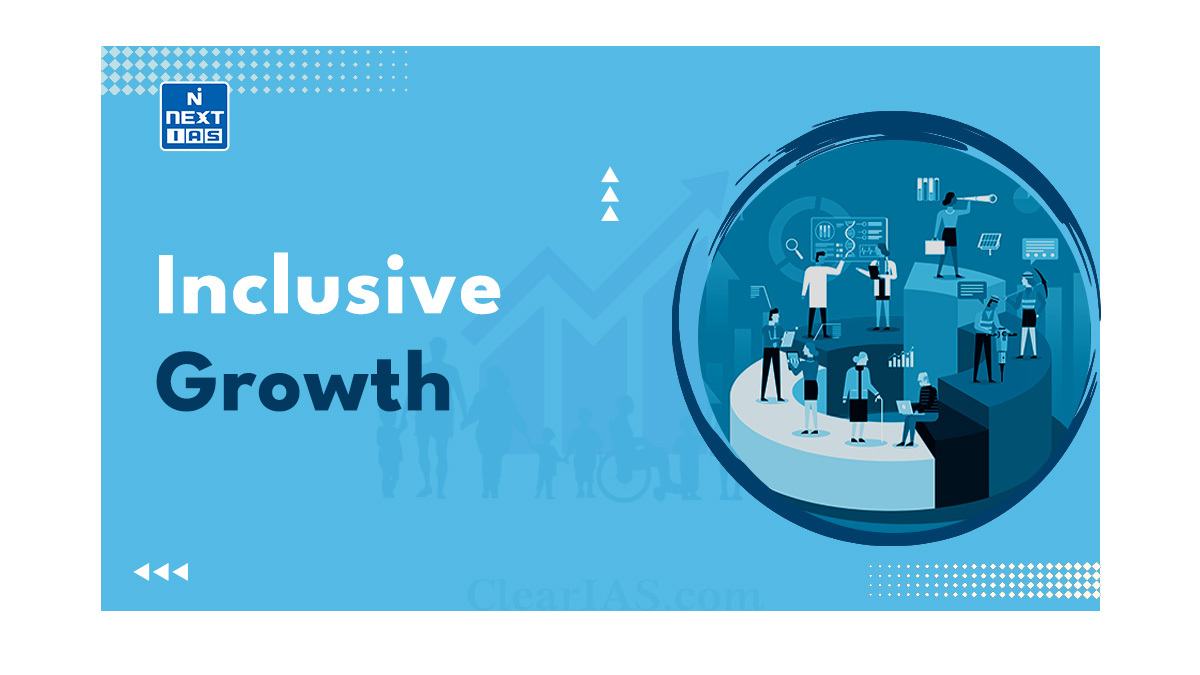
The gig economy refers to an economic system characterized by flexible work arrangements, where labor and resources are exchanged through digital platforms that facilitate connections between buyers and sellers. This article aims to provide a comprehensive overview of the Gig Economy and its advantages, challenges & driving factors.
Instead of hiring full-time employees, organizations in this type of setup rely on independent contractors and freelancers for temporary work.
Advantages of the Gig Economy
| From a Business Perspective – Cost-effective: By hiring off-site workers, companies can avoid the expenses associated with maintaining physical workspaces and large offices. They also save on employee benefits, retirement plans, and paid sick leaves since independent contractors are not entitled to these benefits. – No Middleman: This type of setup provides a direct connection between companies and freelancers, eliminating the need for intermediaries during the hiring process. – Unique Opportunity: It capitalizes on this preference by offering unique work schedules that attract individuals looking to earn extra income. The flexibility provided by gig work can significantly impact employee motivation, leading to increased productivity. |
| From a Workers Perspective – Independence: Workers in this setup have the freedom to work from their own spaces, whether it’s a home office for writing articles or driving for Uber from their car. – Flexibility: Gig workers have the flexibility to choose their own working hours. While tasks may have deadlines, they have the autonomy to decide when and how to complete them. – Income: It provides an opportunity for individuals to earn extra income, making it an appealing option for those looking to boost their earnings. |
Disadvantages of the Gig Economy
| Disadvantages for Workers: 1. Lack of Benefits: Gig economy organizations typically do not provide benefits to their workers, as independent contractors are not considered full-fledged employees. 2. Personal Expenses: Workers in this setup may be responsible for covering their own expenses, such as gas used while driving for delivery platforms like Swiggy. 3. Isolation: Being an independent contractor can lead to a sense of isolation for some individuals, negatively impacting both productivity and mental health. |
| Disadvantages for Businesses: 1. Worker Commitment: Freelancers may not be as committed to the organization as full-time employees, and gig economy companies often lack incentives to foster loyalty, potentially impacting motivation and future work opportunities. 2. Ethical Issues: Some organizations face criticism for their casual employment practices, including the lack of benefits and competitive wages offered to workers. |
Who Works in the Gig Economy?
According to an OECD paper, the main motives for working in the gig economy are generating additional income and having work flexibility.
- Free agents: These individuals actively choose independent work as their primary source of income.
- Casual earners: They engage in independent work by choice to supplement their income from other sources.
- Reluctant: These workers primarily rely on independent work for their livelihood but would prefer traditional employment if given the opportunity.
- Financially strapped: They engage in supplemental independent work out of necessity, often due to financial constraints.
Factor Driving the Growth of the Gig Economy
The gig sector is driven by several key factors that have shaped its growth and popularity:
- Changing Work Approach: The younger generation, particularly millennials, have a different perspective on careers. They prioritize finding work that aligns with their passions and interests rather than settling for traditional career paths that may not fulfill their inner desires.
- Business Models: In the gig economy, different compensation models are employed, such as fixed-fee, time-based, work output-based, and quality-driven models. While fixed-fee arrangements are most common, the time-based model is also prevalent.
- The emergence of a Start-up Culture: India’s start-up ecosystem has witnessed significant growth, leading to a rise in gig employment. Start-ups, in order to minimize fixed costs, hire contractual freelancers for non-core activities.
- Rising Demand for Contractual Employees: Multinational corporations (MNCs) are increasingly embracing flexible hiring options, especially for specialized projects, as a means to reduce operational expenses, particularly in the aftermath of the pandemic. This trend has contributed significantly to the gig culture in India.
Conclusion
The gig sector is here to stay as it provides a new opportunity to work flexibly and earn using different online platforms. It has been driven by the need for location-independent work, changing career aspirations, and various compensation models. These factors have collectively fueled the growth and prominence of the gig economy in India.
But still, there exists a number of challenges including lack of proper benefits, chances of exploitation of workers, etc. India needs to develop proper legislation in order to safeguard the needs of both organizations as well as workers.
FAQs
What is an example of a Gig Economy?
An example of this type of platform in India is Swiggy, which is a food delivery service. Swiggy connects customers with delivery partners (gig workers) who pick up food orders from restaurants and deliver them to the customers’ locations. The gig workers have the flexibility to choose their working hours and earn income per delivery.
What is Another Name for the Gig Economy?
Another name for the gig economy is the “freelance economy” or the “on-demand economy.” These terms are often used interchangeably to describe the same concept of temporary and flexible work arrangements facilitated by digital platforms.
What is Platform vs Gig Economy?
The platform economy and gig economy are closely related but have some distinctions. The gig economy specifically refers to the labor market where independent workers engage in short-term or freelance work. It focuses on the workforce aspect.
On the other hand, the platform economy refers to the broader economic system in which digital platforms act as intermediaries, connecting buyers and sellers, service providers, or workers. The platform economy encompasses not only gig work but also various other types of online transactions and interactions facilitated by platforms.
What are the Features of the Gig Economy?
The key features of Gig economy the include:
– Flexibility: Gig workers have the freedom to choose when, where, and how much they work
– Independent contractor status: Gig workers are usually considered independent contractors rather than traditional employees.
– Digital platforms: These platforms facilitate the matching of gig workers with available gigs and often handle payment transactions.
– Task-based work: Instead of long-term employment, gig workers typically engage in specific tasks, projects, or assignments.
– Uncertain income and job security: The gig economy offers flexibility but often comes with income variability and less stability compared to traditional employment.
What is the Gig Economy in India?
The gig economy in India refers to an economic system where temporary, flexible, and freelance work arrangements are prevalent.
It involves individuals, often referred to as gig workers, taking up short-term projects or tasks on a contractual basis rather than being traditional employees of a company.
These workers are usually connected to employers or clients through digital platforms or online marketplaces.





